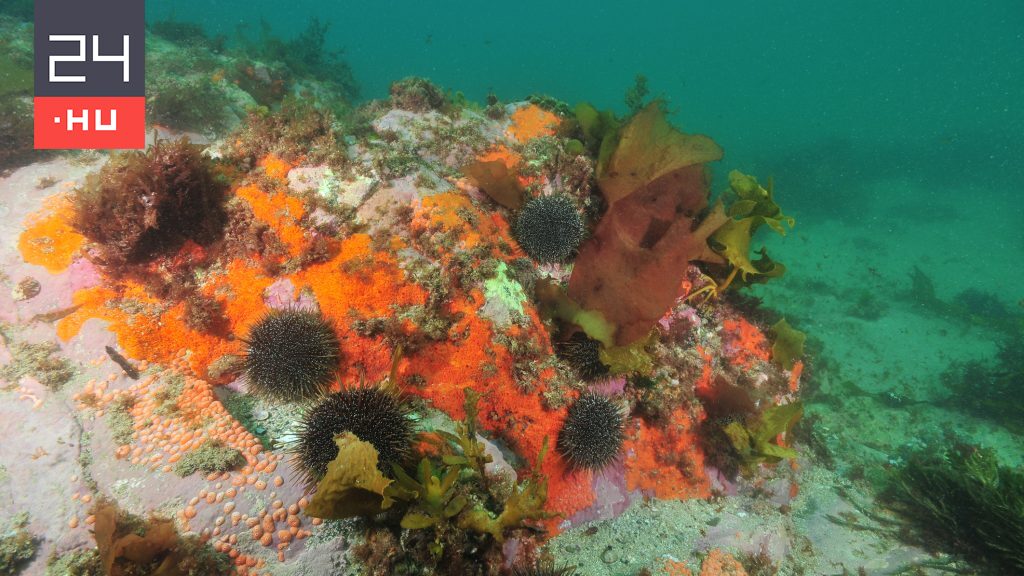For the first time, the sponge was observed off the coast of New Zealand losing its color like coral bleaching, MTI wrote, citing the Guardian. This phenomenon is believed to be caused by an unusually high ocean temperature.
During an expedition in April, workers at Victoria University of Wellington found sea-bleaching sponges at several points on the southern coast of the South Island. The animals are usually chocolate brown. James BellAccording to a university marine biologist, 95 percent of sponges have been bleached in some places. Based on the first data, researchers believe that hundreds of thousands of sponges have died out.
The water depths around the island nation are inhabited by settlements of sea sponges that provide habitat and food for many species. Bell said there have been reports of intermittent sponge bleaching for some time, such as it occurring recently along the coast of Tasmania in Australia, but that sponges are more likely to tolerate ocean changes than other species such as corals.
Bell believes that bleaching with a sponge sheds light on the climate crisis. “There are a lot of species around New Zealand and we have no idea how heat-tolerant they are,” the expert added.
The world’s sea temperature broke a record last year, and the area around New Zealand, where coastal waters were 2.6 degrees Celsius warmer than average in April of this year, was no exception. Among the areas most affected by sponge bleaching, the sea off the coast of Fiordland is above average, with an increase of 5°C above normal. This is the worst sea heat wave in 40 years.
According to Bell, more studies are needed to determine whether the bleaching is actually caused by the warming. So far, researchers have observed a very strong relationship between the event and the sharp rise in temperature. Bell noted that some bleached sponges may survive.













































